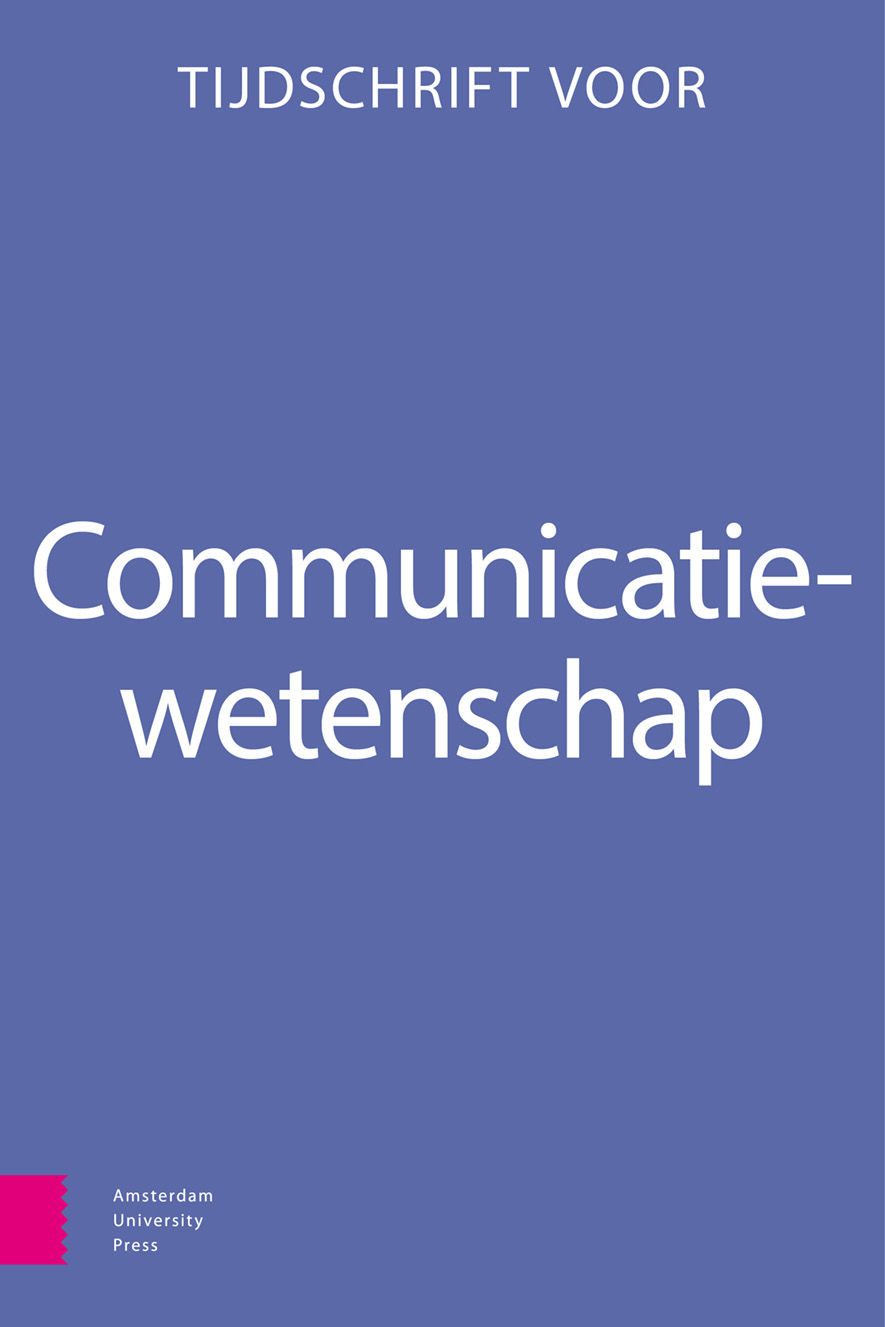-
oa Striking the Right Pose
Successful Representations of Transgender Women of Color
- Amsterdam University Press
- Source: Tijdschrift voor Communicatiewetenschap, Volume 51, Issue 4, Dec 2023, p. 365 - 386
-
- 01 Dec 2023
Abstract
Mediarepresentatie – en onderzoek naar de mediarepresentatie – van transgender individuen is schaars. Deze studie gaat over twee karakters in de veelgeprezen serie Pose. De karakters worden aan de hand van een recent geïntroduceerd coderingsschema vergeleken. De resultaten laten zien dat de karakters van Blanca en Elektra allebei psychologische diepgang hebben, maar dat hun persoonlijkheden en ervaringen uniek zijn. Blanca wordt gekenmerkt door haar goedheid, transfobische discriminatie en worsteling voor acceptatie. Elektra wordt gekenmerkt door haar succes en vijandelijkheid richting anderen. Haar ervaringen zijn veelal gelinkt aan haar medische transitie en zijn meer intiem van toon. Door meerdere transgender karakters in een serie te integreren, hebben de schrijvers kunnen zorgen voor een meer diverse representatie. Een oversimplicatie van transgenderervaringen wordt daarmee vermeden.


